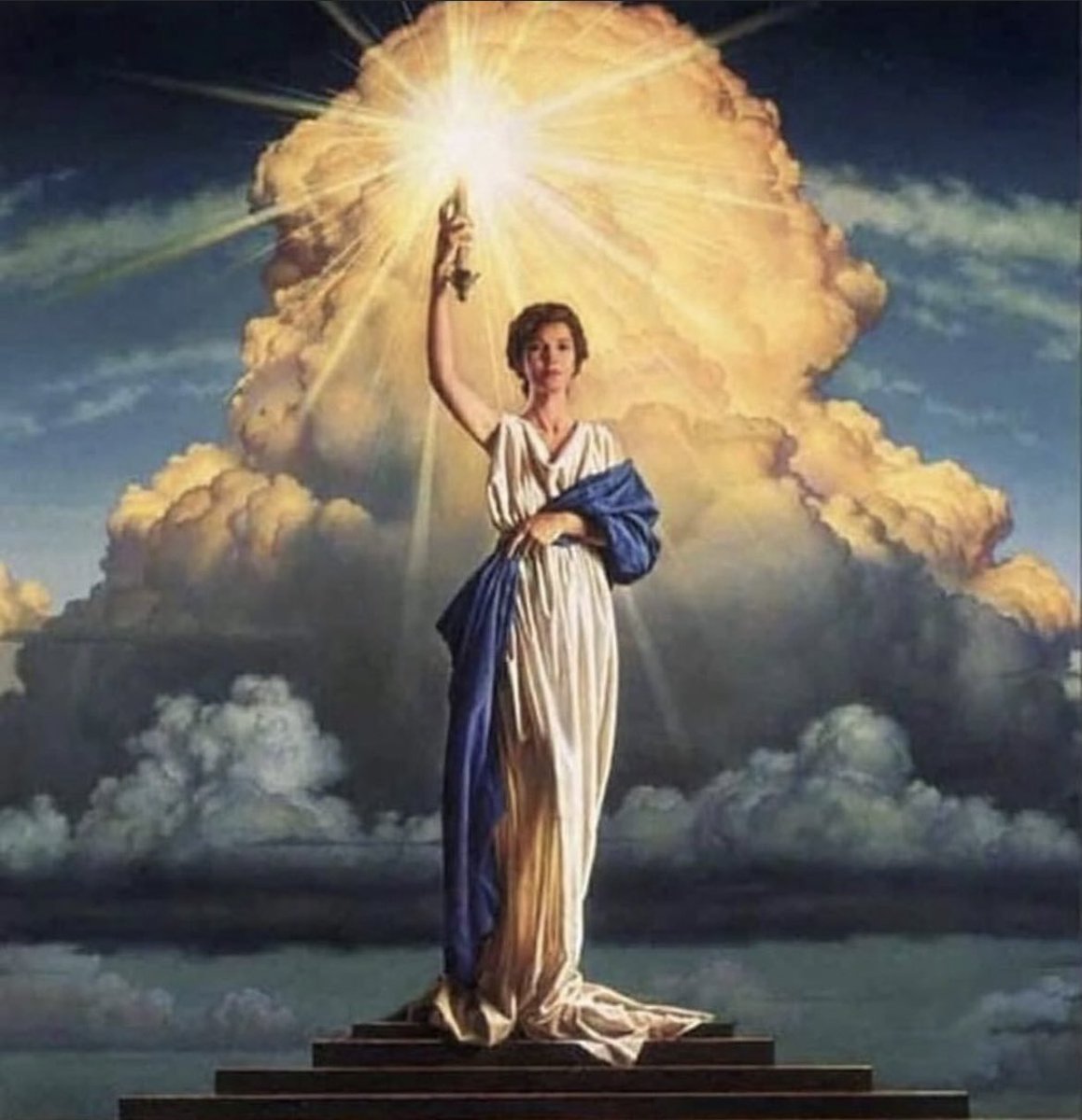Columbia, the female personification of America, holds a unique place in American symbolism and history, intricately tied to the ideals of Freemasonry. Often overshadowed by modern interpretations, Columbia’s image and influence offer profound insights into the founding principles and aspirations of the United States. From her connection to Masonic ideals to her role in American iconography, Columbia serves as a powerful emblem of liberty, justice, and national identity.
The Masonic Origins of Columbia
The adoption of Columbia as a symbolic figure is closely linked to the early Freemasons who played significant roles in shaping the new nation. Much like the goddess Athena, Columbia embodies wisdom, strength, and beauty—core tenets of Masonic philosophy. She was seen as a guiding light for the nascent United States, representing the hope and promise of a nation dedicated to enlightenment and progress.
This connection is evident in the naming of the District of Columbia, a federal district that reflects the Masonic influence on early American governance and symbolism. By choosing Columbia, the Founders emphasized their aspirations for the new republic to become a beacon of liberty and justice, qualities deeply ingrained in Masonic traditions.
Columbia in Iconography and Architecture
Throughout the 19th century, Columbia’s image became a prominent feature in American iconography, particularly in government buildings and public art. Often cast in bronze and placed in symbolic positions—such as facing westward—her statues and images represented national expansion and progress. Draped in the American flag and carrying symbols of liberty, Columbia embodied the ideals of a free and just society.
The use of her image in federal and state buildings further reinforced her association with Freemasonry, highlighting the influence of Masonic ideals on American governance. This architectural symbolism remains a testament to the enduring legacy of Freemasonry in the United States.
Astrological and Esoteric Connections
In addition to her role as a national symbol, Columbia has been associated with esoteric and astrological symbolism. Some interpretations align her with the Moon Goddess, representing themes of rebirth and new beginnings—concepts central to America’s founding. This celestial connection resonates with Masonic teachings, which often incorporate astrological elements into their philosophy.
The notion of Columbia as a figure of rebirth aligns with the transformative spirit of the American Revolution and the establishment of a government rooted in enlightenment principles.
The Columbian Lodge and Patriotic Symbolism
One of the most direct connections between Columbia and Freemasonry is the Columbian Lodge, chartered in 1796 in Boston. The lodge’s medal features Columbia adorned with an eagle-crested helmet and a circlet of stars, emphasizing her role as a patriotic and Masonic symbol. This imagery underscores the interwoven nature of Freemasonry and early American identity, where Columbia served as both a national and fraternal icon.
Columbia’s Legacy: A Symbol of Aspiration
While Columbia’s symbolism is not exclusively Masonic, the ideals she represents—wisdom, justice, liberty, and progress—reflect the significant role Freemasonry played in shaping the early United States. Her enduring presence in American culture invites us to reflect on the foundational values of the nation and the philosophical underpinnings that continue to influence its development.
As investors and global citizens, understanding the deeper cultural and historical context of America’s symbols can provide valuable insights into the country’s identity and values. Columbia, with her rich Masonic and patriotic heritage, reminds us of the aspirations that shaped one of the world’s most influential nations.
At Invest Offshore, we explore the intersections of history, culture, and global opportunities. Reach out to discover unique investment prospects, including those in West Africa’s Copperbelt Region, where the spirit of progress continues to thrive.

Leave a Reply